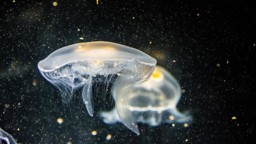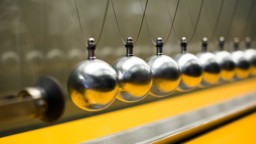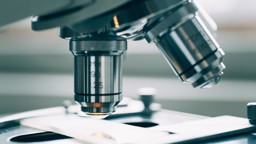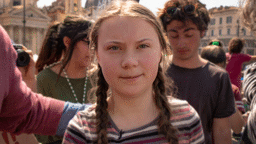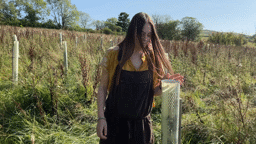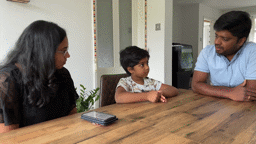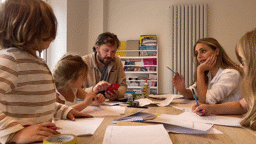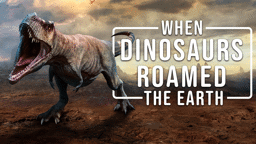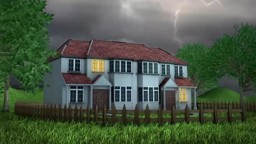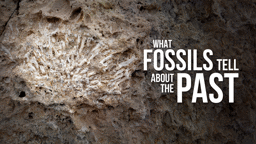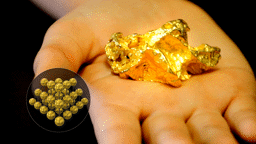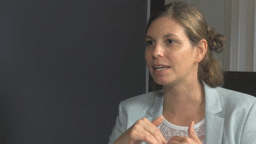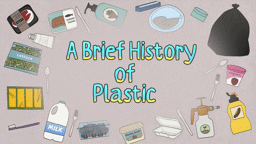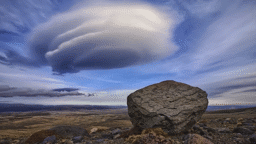Secondary Catalogue
Science
Contains 4 Categories
How Your Wardrobe Could Help Protect the Planet
BBC Bitesize: The Regenerators - Action
Hear from Zaqiya Cajee, founder of SwopItUp, a non-profit organisation to help teens to run clothes swaps at schools, as well as Nayan and Alicia on how you can stay stylish and get the most out of your clothes - especially when on a budget!
Simple Hacks to Slash Your Energy Use
BBC Bitesize: The Regenerators - Action
We don’t often think about how energy gets into our home and where it comes from. Sources like coal, fossil fuels, natural gas, wind, solar or biofuels are required to generate energy, and some of them are kinder to the earth than others.
How to Inspire Others to Care about Climate Change
BBC Bitesize: The Regenerators - Action
There are lots of ways you can encourage others to get on board with protecting the planet. The easiest is to simply start talking to your friends and family about the subject. Even better, why not talk about the solutions that already exist?
How to Reduce the Environmental Impact of Your Devices
BBC Bitesize: The Regenerators - Action
Teenagers Amy, Nayan, Simeon and Noah share their tips on how you can reduce your e-waste and energy use.
Four Ways to Give Back to Nature through Rewilding
BBC Bitesize: The Regenerators - Action
No matter what space you have, you can give back to nature. Hear from Amy Bray, founder of environmental charity Another Way, and her friends who are sharing their tips on how you can rewild your home and local area.
Can Your Hobbies Be Kinder to the Planet?
BBC Bitesize: The Regenerators - Action
Having a hobby that brings you joy can make you feel good and be a chance to learn new skills. Whatever you like doing in your spare time, there are things you can try to make it have a more positive impact on the planet.
Can Creativity Save the Planet?
BBC Bitesize: The Regenerators - Action
Creativity can change the world. Poems can shift our perspectives and films can inspire us to take action. Whether through a song or a photograph, our ideas matter and we can encourage others to think differently about the world.
How to be a Zero-Waste Hero
BBC Bitesize: The Regenerators - Action
What if everything we buy is designed to last a very long time, and when it’s no longer usable, we can get rid of it easily or it can be turned into something new?
How to Create a New Sustainable Story
BBC Bitesize: The Regenerators - Green Scenes
These fun videos feature an improv troupe putting on different types of performance with a green theme and using upcycled objects. Use the videos to inspire your own performances.
Thunderstorms
Wind Currents and Thunderstorms
A thunderstorm is accompanied by lightning, thunder and heavy rain. Thunderstorms normally occur in the summer and spring seasons. When a thunderstorm threatens, get inside a house or a vehicle and keep the windows closed.
3 Secrets About Ancient Earth Hidden in Marine Fossils
Fossils can provide clues to the conditions that ancient species lived in, like what their environments felt like, how deep in the water some species lived, or even how long the Sun was out!
Arctic Warming
The oceans absorb 90% of the heat from greenhouse gasses, causing ever more ice to melt.
How More Water Vapour Triggers Record Storms, Unsurvivable Heat
Water vapour is the most abundant greenhouse gas: more of it means more extreme weather.
